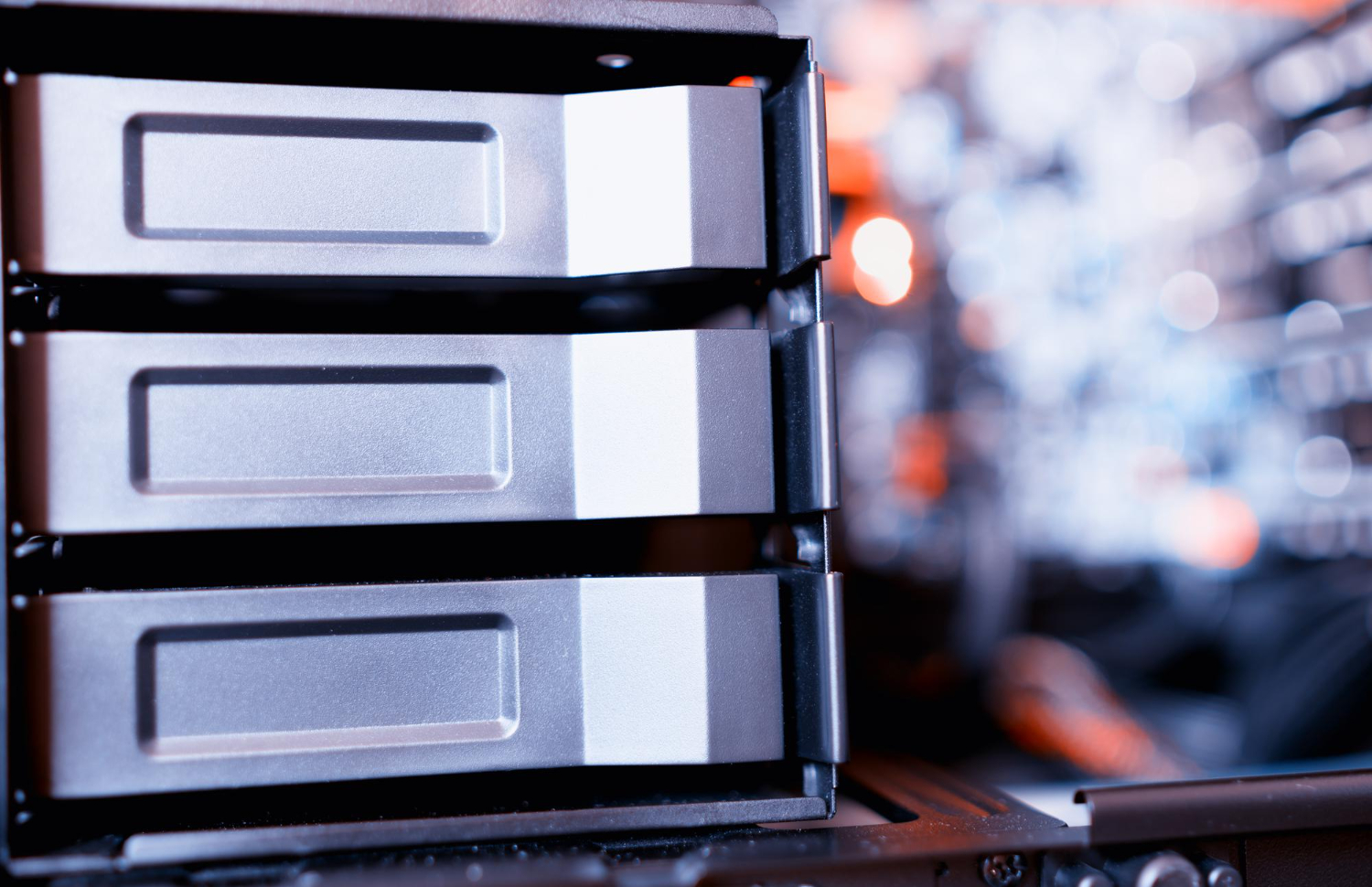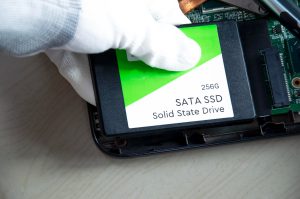RAID systems are built to give you better data protection and improved performance. Whether you’re using yours for work, home file storage, or managing a business setup, it acts like a safety net until something goes wrong. Many folks think RAID is set-it-and-forget-it, but like any equipment that stores data long term, it needs regular care. Without maintenance, even the most secure-looking setup can fall apart fast.
We’ve seen people lose access to their photos, projects, or client files simply because they didn’t spot signs of trouble early. Drives inside these setups don’t last forever, and when one slips, the whole system can start to unravel. That’s why small tweaks and routine habits go a long way. Maintaining your RAID system isn’t hard, but what you don’t keep an eye on can cost you. Getting into a solid upkeep rhythm now can help reduce the stress later.
Regular Monitoring And Diagnostics Checks
Think of your RAID array like the engine of a car. It might run fine for a while, but skip regular checks and you’ll have problems down the road. Performing health checks helps you spot early signs of failure, avoid sudden crashes, and extend the overall life of the system.
There are a few smart ways to do this:
– Use RAID management tools to keep tabs on drive health and system status. Your RAID controller likely came with software for this, or you can use a third-party tool that fits your setup
– Set up email or dashboard alerts that warn you when a drive drops out, temperatures rise too high, or rebuilds start unexpectedly
– Review logs weekly. Even if nothing looks wrong now, working these check-ins into your routine might catch a drive showing wear and tear before it actually goes offline
– Keep an eye on rebuild times. If your system takes much longer than usual to recover after a drive is replaced, it could point to bigger problems
One quick example: someone with video footage stored across a RAID 5 setup didn’t realise one of the drives had failed a week earlier. When another drive failed, the data became unreadable. If they’d checked the system logs or had alerts on, they would’ve had a chance to act before the second drive went offline.
Build a habit where you give your RAID array five to ten minutes of attention each week. That bit of time can tell you whether everything is running smoothly or if a simple fix can prevent a full rebuild or even data loss.
Ensuring Proper Ventilation And Temperature Control
RAID arrays work hard and can heat up fast. If you’ve ever heard a loud fan whirring in your storage cabinet or felt a hot crunch of air when reaching behind your computer tower, there’s a good chance your drives are fighting to stay cool. Heat is no friend to long-term storage. It speeds up wear, causes drive errors, and could bring your RAID system down without much warning.
Here’s what helps keep that from happening:
– Place your RAID system in a well-ventilated space, away from direct sunlight or tucked-in corners where air can’t move
– Keep about two to three inches of open space behind the device and avoid stacking it under heavy layers or above heaters
– Check that system fans are working and aren’t clogged with dust. If needed, wipe down the vents gently with a soft brush or compressed air every few weeks
– If your setup is inside a small server cabinet, check the airflow. Some people install small fans or AC-powered vents to give heat a way out
– Consider any nearby equipment. If it’s also pushing out heat, spread out your devices if possible to keep cool air flowing
Also, don’t overlook your surroundings. If your RAID stays in a room without air circulation, like a closet or a basement corner, it’s better to move it somewhere that gets regular airflow. Sitting heat builds up over time and slowly cooks the hardware even if nothing shuts down right away. Good airflow might not seem like much, but it can keep interior parts like capacitors and cooling systems from wearing out earlier than expected.
RAID setups work best when they’re given space to breathe. Keep the drives cool and you’re less likely to face slowdowns or unexpected hardware failure. Regular cleanouts and checks might feel simple, but they’re one of the easiest ways to stretch your system’s life and protect your data.
Updating Firmware And Software Regularly
When your RAID system is running well, it’s easy to skip updates. But ignoring firmware and software updates can open the door to small bugs, performance issues, and even data loss over time. These updates often fix glitches, remove security vulnerabilities, and improve compatibility with newer systems.
Start by checking the manual or support site for your RAID controller to see which firmware version you’re on and when the last update was rolled out. Controllers from different manufacturers have different update schedules, so make it a habit to check once every couple of months. The same applies to the software that manages your RAID array. If you use that software to monitor drive health, skim through the release notes when a new version is offered. It may include important improvements.
Here’s a small checklist to make this easier:
– Always back up your data before applying updates, just in case something goes wrong during installation
– Download firmware and software updates directly from the developer’s site. Don’t rely on third-party downloads
– Schedule updates for a time when your network isn’t busy and you can monitor the process from start to finish
– After updating, run a short diagnostic or system test to make sure things are stable
We helped someone who hadn’t updated their firmware in over a year. Their drives started acting slow, reporting errors that didn’t make sense. After updating the firmware and software, the errors stopped. The delays they were seeing were tied to bugs that had been quietly fixed in more recent updates.
This is one of those habits that doesn’t seem urgent until something goes wrong. Keeping software up to date is an easy step to protect storage and avoid strange surprises that stop you from accessing your files.
Implementing Redundancy And Backup Solutions
RAID gives you a first layer of protection, but it doesn’t mean your data can’t disappear if trouble hits. Redundancy helps, but pairing that with a steady backup plan gives you real peace of mind.
Different RAID levels offer different types of internal protection. RAID 1 mirrors your data to another drive, and RAID 5 spreads it across three or more. These setups can usually handle one failed drive. But if a second drive fails or the entire RAID system crashes, that safety net may fall apart.
Here’s what a simple backup plan might look like:
– Keep a full copy of your data on an external drive. Don’t store this backup on the RAID itself
– Automate your backups. Set them to run weekly or daily based on how quickly your files change
– Store at least one backup copy offsite. Either on cloud storage or a hard drive stored safely away from your setup
– Once a month, test your backup by restoring a few files to make sure they open and work like they should
One example is a small architecture firm that assumed their RAID 5 protected everything. Their scheduled backup process had quietly failed months ago. When their RAID config got corrupted, they lost drafts, plans, and client work dating back half a year. Even a single offsite copy from that month could have changed everything.
RAID adds protection, but it isn’t foolproof. Outside backups catch you when something wipes your system without warning.
Why Care Pays Off in the Long Run
You don’t need to be an expert to keep your RAID system running strong. Routine actions like checking system logs, dusting vents, updating software, and reviewing backups only take a bit of time. Once these small habits become normal, things run smoother and your files stay safer.
RAID doesn’t usually fail overnight. Warning signs build slowly. A drive might spin louder, file access can feel slower, or an alert flashes on the screen. Paying attention to these little shifts lets you act early and avoid major issues.
Even the best upkeep can’t stop every problem. If a RAID system fails or starts acting strange, stop using it and ask for professional help. Fixing it on your own can worsen the damage. Acting quickly gives you a better shot at getting your data back safe.
Caring for your RAID setup now can save big headaches later. Regular maintenance builds confidence, protects performance, and puts you in control of your system’s future.
Keeping your RAID system in good shape with regular maintenance can help you avoid major problems later. But if something goes wrong, count on the team at TeraDrive to recover your data safely. Our RAID data recovery service is built to handle complex issues and help you get your files back without added stress. Reach out today to get your system back on track.





